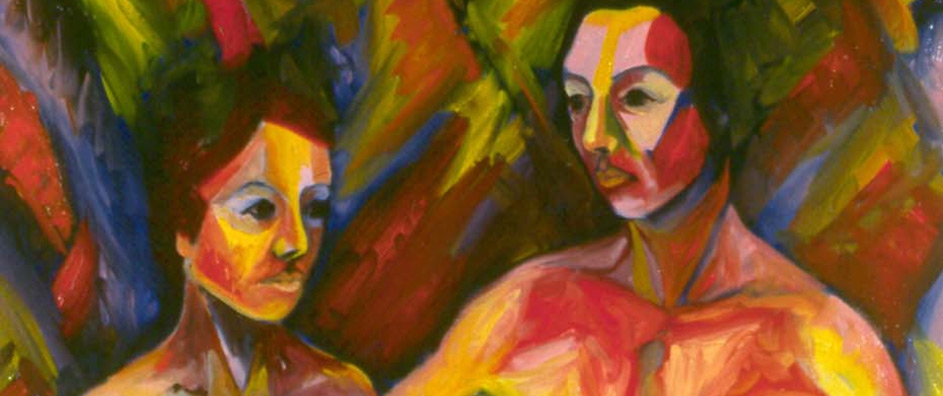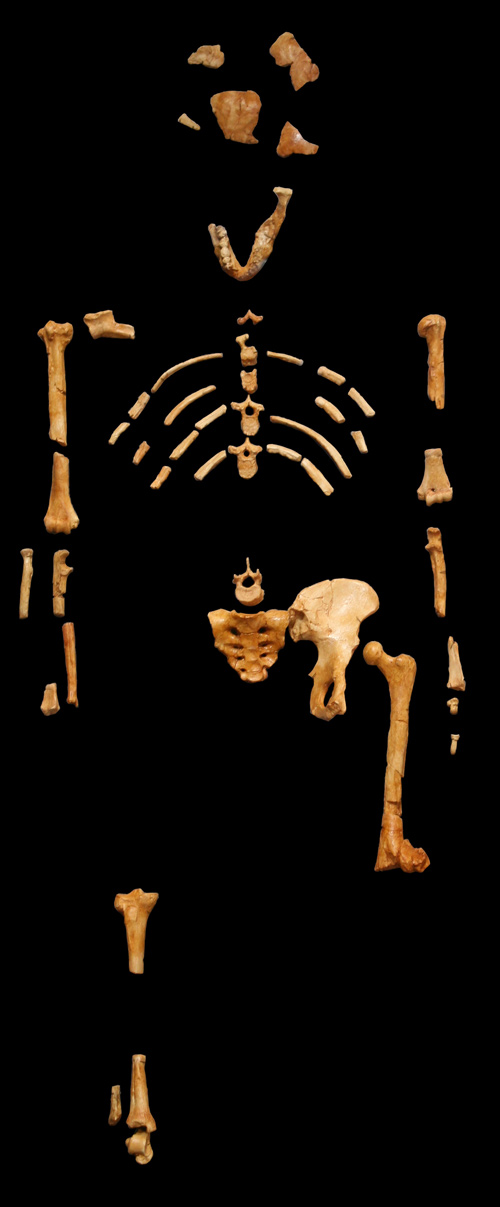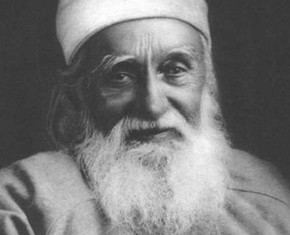The views expressed in our content reflect individual perspectives and do not represent the authoritative views of the Baha'i Faith.
In Genesis, the story of Adam and Eve stands for the human struggle to conceive virtue from the fruit of knowing right from wrong. Baha’is see the creation story in the Torah as allegorical and symbolic, not literal—but if it were literal, would Adam and Eve have come from Africa?
Let’s look at the symbols. Knowledge delivers man from the womb of ignorant bliss into the rigor of life’s responsibilities and consequences. Reflecting on the parable of Adam and Eve gives us insight into the primordial heart’s struggle–subordinating the insistent self to the light of divine guidance.
So symbolically, the Garden of Eden represents the matrix of human potential. Eve is the gift of human conscience. The serpent stands for the promptings of self.
RELATED: For the Love of Eve
In the Torah, God says to Eve, “I will make your pains in childbearing very severe; with painful labor you will give birth to children.” This allegory shows us that virtues gestate and evolve through the painstaking process of learning. Being good and developing a sterling character, Adam and Eve learn, will require the pain of awareness and struggle.
Adam and Eve’s creation story traces that struggle. If we believe in science—and the Baha’i teachings do say that science and religion agree—then we know that the oldest human fossils have been found in the Rift Valley in Africa; and the oldest mitochondrial DNA in our human genetic code can be traced back to a small group of African women. Scientists have conclusively shown that our ancestors—the mothers of the entire human race—were Africans.
What does this prove? Well, from one perspective, we can see that gradually, painfully, through the fiery crucible of trial and error, individuals and societies do evolve, both physically and spiritually. Humanity has come a long way since our creation, evolving through multiple stages of growth and development.
Consider the emerging consciousness of the oneness of humanity. We have made extraordinary progress over the past one hundred years; however it has come at a high cost of human suffering.
In August 1914 the world went ablaze in the disastrous consequences of the fallacious notions of national supremacy – World War I killed 9.7 million soldiers and 6.8 million civilians. And this was only the first pass; another 50 – 80 million perished in World War II.
If the measure of our progress is the statistical decline in global armed conflict; we have matured. If we measure our progress by the decline in the popular adoption of racial and national supremacy dogmas, we have advanced.
Over time, our capacity to reflect God’s attributes individually and as a society has strengthened—for proof, just look at our diversity. We have more diverse peoples living in close proximity in more places than at any time in human history. We are learning to make it work, to an extent that would have confounded our forebears.
The Baha’i teachings say humanity is one–and finding ourselves more intimately associated with each passing decade shows that people are evolving toward that reality.
RELATED: A New, Unified Human Race
With the continued rapid growth and diffusion of the human family over the Earth, the capacity to fulfill our potential rises to an imperative, lest we return to the devastating conflagrations of the 20th century. We can reasonably expect, if we continue to mature in our appreciation of diversity, that we could progress to ever higher degrees of peace and prosperity.
For Baha’is, this progress hinges on our recognition and acceptance of our spiritual origin and our unity. Baha’u’llah, the prophet and founder of the Baha’i Faith, wrote:
Upon the reality of man, however, He hath focused the radiance of all of His names and attributes, and made it a mirror of His own Self.
Reflecting the image of God latent within us begins with turning to God, falling in love with His characteristics, and incorporating God’s guidance into our lives. When that happens personally we can flourish; and when a society collectively endeavors to uphold divine standards communities flourish. As the Baha’i teachings point out, this has absolutely nothing to do with skin color:
Let us now discover more specifically how he is the image and likeness of God and what is the standard or criterion by which he can be measured and estimated. This standard can be no other than the divine virtues which are revealed in him….
If a man possesses wealth, can we call him an image and likeness of God? Or is human honor and notoriety the criterion of divine nearness? Can we apply the test of racial color and say that man of a certain hue—white, black, brown, yellow, red—is the true image of his Creator?
We must conclude that color is not the standard and estimate of judgment and that it is of no importance, for color is accidental in nature. The spirit and intelligence of man is essential, and that is the manifestation of divine virtues, the merciful bestowals of God, the eternal life and baptism through the Holy Spirit.
The oneness of humanity is God’s gift to this enlightened, ever more intertwined 21st century; a necessary culmination of the promise embedded in the allegory of Adam and Eve as humanity’s first progenitors. No matter what their color, we all came from their symbolic union.
Over the next few articles we will explore this gift and the imperative requirement of its worldwide adoption.
You May Also Like
Comments


















But if you are to look at it in a literal interpretation, then it is quite obvious that Adam and Eve are black. God fashions them from the soil! There is no soil ...in the ancient world before the plow that is not black!
The Garden was a controlled environment with a fence and a warden with a gun at the gate. No doubt this warden had a 'licence to kill'.
The snake story seems to be about a single helix while this obviously was a double ...helix (DNA). Not sure about this part of the story, though.